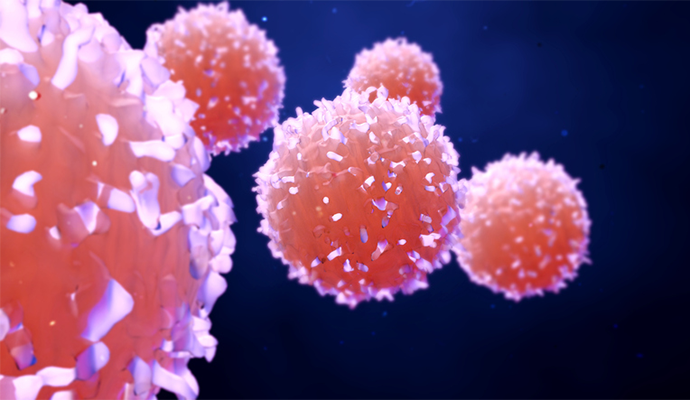NIH Challenges Use of Convalescent Plasma to Treat COVID-19
After FDA granted an emergency use authorization for convalescent plasma, NIH’s Panel found that the treatment is insufficient after reviewing data available from previous FDA analyses.

Source: Getty Images
- After substantial review, NIH’s COVID-19 Treatment Guidelines Panel found that there were insufficient data to recommend either for or against the use of convalescent plasma for the treatment of COVID-19.
Although there is currently no data from well-controlled, randomized clinical trials that show the efficacy and safety of convalescent plasma for COVID-19, the Panel formed its statement based on previous FDA analyses.
The available data suggested that serious adverse reactions following convalescent plasma treatment are infrequent and consistent with the risks associated with plasma infusions for other indications.
But the long-term risks for convalescent plasma of has not been tested, so this treatment should not be considered standard care for COVID-19.
The Panel reviewed available evidence from published and unpublished data on convalescent plasma for COVID-19 after FDA issued an emergency use authorization for the treatment on August 23.
FDA based its decision on data that was gathered since the start of the pandemic, which led the agency to believe that this product may be effective in treatment coronavirus and that the known potential benefits outweigh the known potential risks.
Under the review of data, FDA’s Center for Biologics Evaluation and Research determined that the criteria for issuing an emergency use authorization were met.
FDA’s analysis that supported the emergency use authorization was of data on a subset of hospitalized patients from the Mayo Clinic’s Expanded Access Program (EAP), which launched in April to test the use of convalescent plasma.
Researchers compared outcomes in patients who received convalescent plasma with high titers of SARS-CoV-2 neutralizing antibodies to outcomes in patients who received plasma with low titers, researchers said.
There was no difference in the seven-day survival overall. And 11 percent of individuals who received convalescent plasma with high titers died within seven days of transfusion.
In contrast, 14 percent of those who received convalescent plasma with low antibody titers died. And among individuals that were intubated, there was no difference in seven-day survival.
“Although these data suggest that convalescent plasma with high antibody titers may be beneficial in nonintubated patients, uncertainty remains about the efficacy and safety of convalescent plasma due to the lack of a randomized control group and possible confounding in the Mayo Clinic’s EAP,” researchers said.
“Additionally, antibody levels in currently available COVID-19 convalescent plasma are highly variable, and assays to determine the effective antibody titers remain limited.”
The Panel stressed that additional randomized trials are needed to determine whether convalescent plasma is effective and safe. The Panel encouraged the public and healthcare providers to participate in these future clinical trials.
Individuals who recover from COVID-19 have antibodies that may be capable of fighting the virus that causes the illness, SARS CoV-2.
Giving patients infected with coronavirus plasma from a recovered patient leads to more rapid improvements of the disease, experts believe.
A Mayo Clinic spokesperson, for example, said that based on initial data from studies using this treatment for COVID-19, a single dose of 200 millimeters was beneficial for some patients, which led to significant improvement.
Last week, FDA Commissioner Stephen M. Hahn released a statement regarding FDA’s decision to grant the emergency use authorization.
“The convalescent plasma decision was made entirely by FDA scientists. The authorization of emergency use of convalescent plasma is not a final approval. FDA will continue to monitor its use and will revoke authorization if needed,” he said.
“We feel broader use of plasma will truly benefit many patients but will require further study.”
